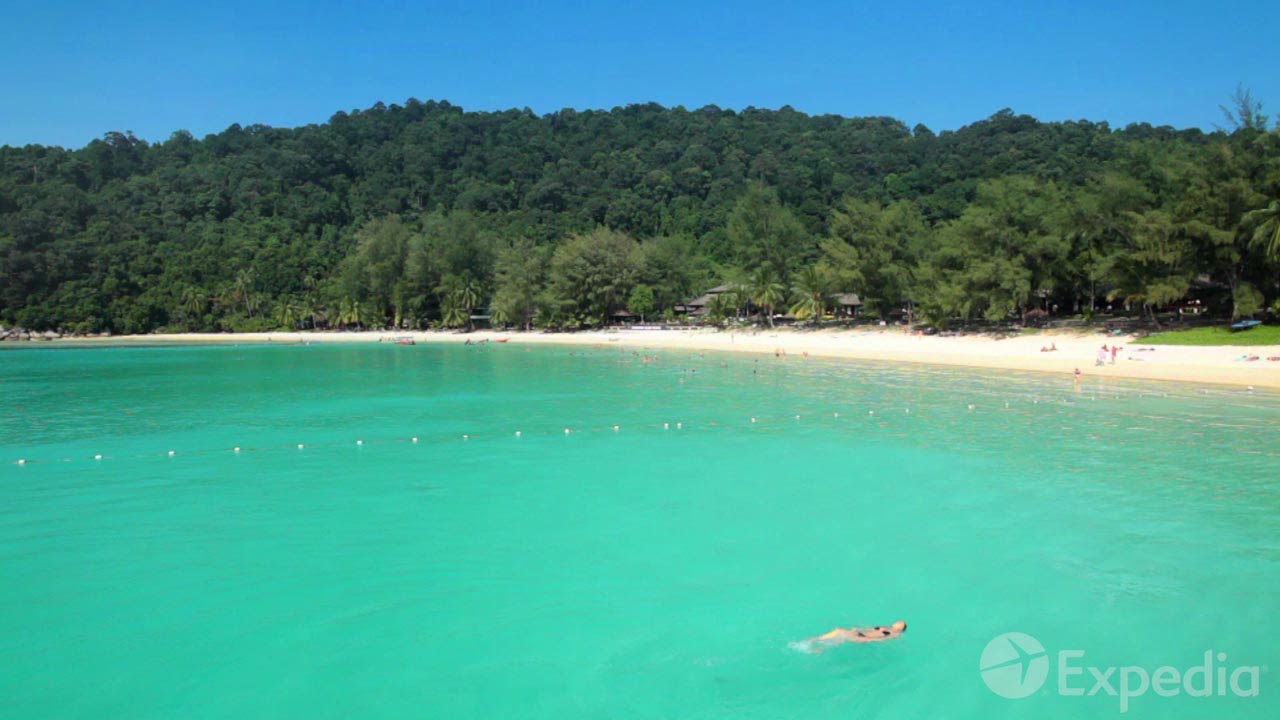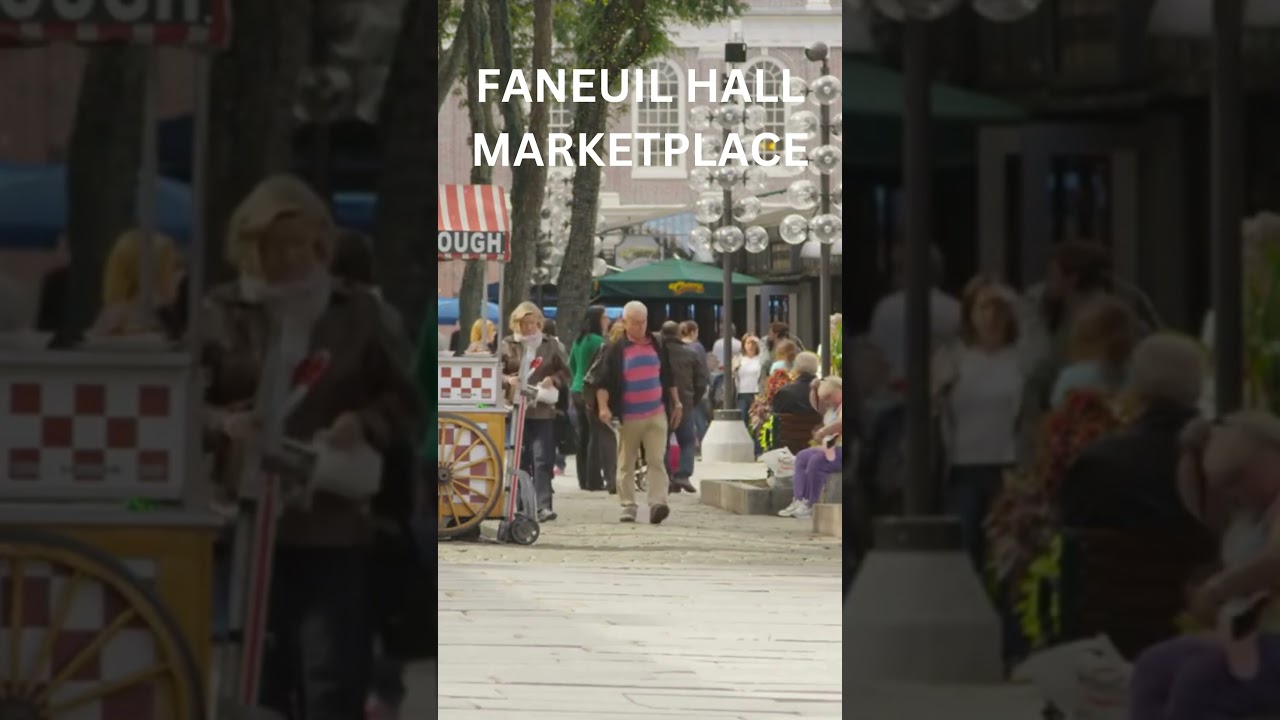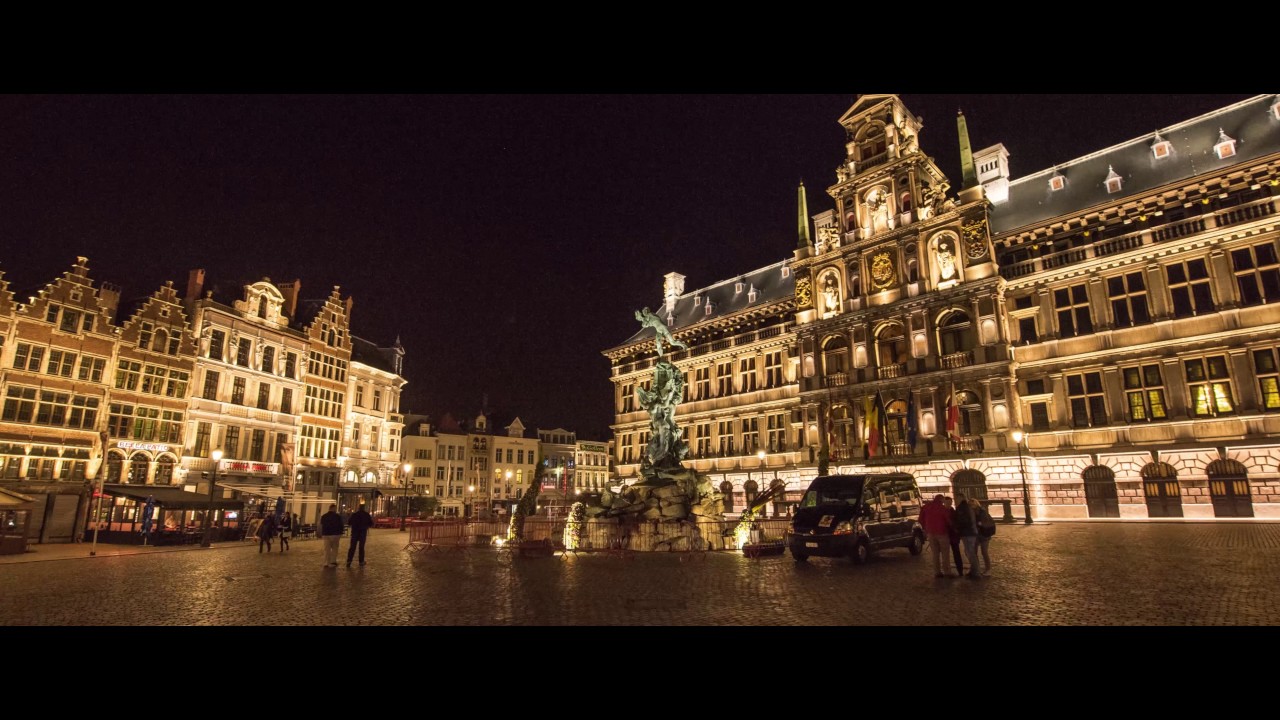Zaragoza (Saragossa) is the capital city of the Zaragoza Province and of the autonomous community of Aragon in Spain.
Zaragoza, city, capital of Zaragoza provincia (province), in central Aragon comunidad autónoma (autonomous community), northeastern Spain. It lies on the south bank of the Ebro River (there bridged).
Toward the end of the 1st century BCE, the Celtiberian town of Salduba at the site was taken by the Romans, who made it a colony under Emperor Augustus with the name of Caesaraugusta (from which its Arabic name Saraqusṭah and its present name were derived).
The chief commercial and military station in the Ebro valley, it was one of the first towns in Spain to be Christianized, and it had a bishop by the mid-3rd century CE. In 380 a church synod at Zaragoza condemned the Priscillianist heresy of absolute renunciation of all sense pleasures.
After falling to the Germanic Suebi and then to the Visigoths in the 5th century, the town was taken by the Moors about 714. In 778 it was besieged by the Frankish king Charlemagne, who had to withdraw because of a Saxon rebellion in his domain.
After being captured by the Almoravids in 1110, Zaragoza was taken by King Alfonso I of Aragon in 1118 and thereafter enjoyed three and a half centuries of prosperity as capital of Aragon.
In the Peninsular War it was famed for the heroic resistance of its citizens under Gen. José de Palafox y Melzi during a protracted siege (1808–09) by the French, who finally took the city.
Among the defenders was María Augustín, the “Maid of Saragossa,” whose exploits are described in Lord Byron’s poem “Childe Harold.”
The seat of an archbishop, Zaragoza has two cathedrals. The older is the Cathedral of La Seo, or Cathedral of Salvador, chiefly a Gothic building (1119–1520) but showing some traces of the earlier Romanesque church built on the site of the first mosque erected in Spain.
The Nuestra Señora del Pilar Cathedral, dedicated to the Virgin of the Pillar, who is the patron of Spain, commemorates the traditional appearance on January 2, CE 40, of the Virgin Mary standing on a pillar erected in honour of St. James the Great, whose shrine is at Santiago de Compostela.
The cathedral was begun in 1681 to a design by Francisco Herrera the Younger (El Mozo) and contains some frescoes by Francisco de Goya. The 14th-century Gothic churches of San Pablo and the Magdalena and the Renaissance church of Santa Engracia are also notable.
Outstanding secular buildings include La Lonja (The Exchange) in Plateresque Gothic style; the Palace of the Counts of Luna (1537), in which the Court of Justice sits; and the 17th-century Palace of the Condes de Sástago y Argillo.
The Aljafería Palace, to the west of the city, contains an oratory dome and tower that are among Spain’s best examples of Islamic civil architecture. The University of Zaragoza was founded in 1474, but the buildings date from later periods; the medical school is its most famous faculty.
Zaragoza is an industrial centre and the site of the annual National Trade Fair, which begins October 12. Its industries, which spread across neighbouring municipalities, have expanded with the supply of hydroelectric power from the dams in the Aragonese Pyrenees and oil in the pipeline from Rota (near Cádiz).
They include the production of metal, automotive and machine parts, electronics, leather goods, textiles, and foodstuffs. More than half of the city’s population works in the service sector.
Zaragoza is also a busy railway junction and a trade centre for the agricultural products of the surrounding fertile river basin watered by the Imperial Canal and the Ebro, Huerta, and Gállego rivers. Pop. (2006 est.) 619,563.









